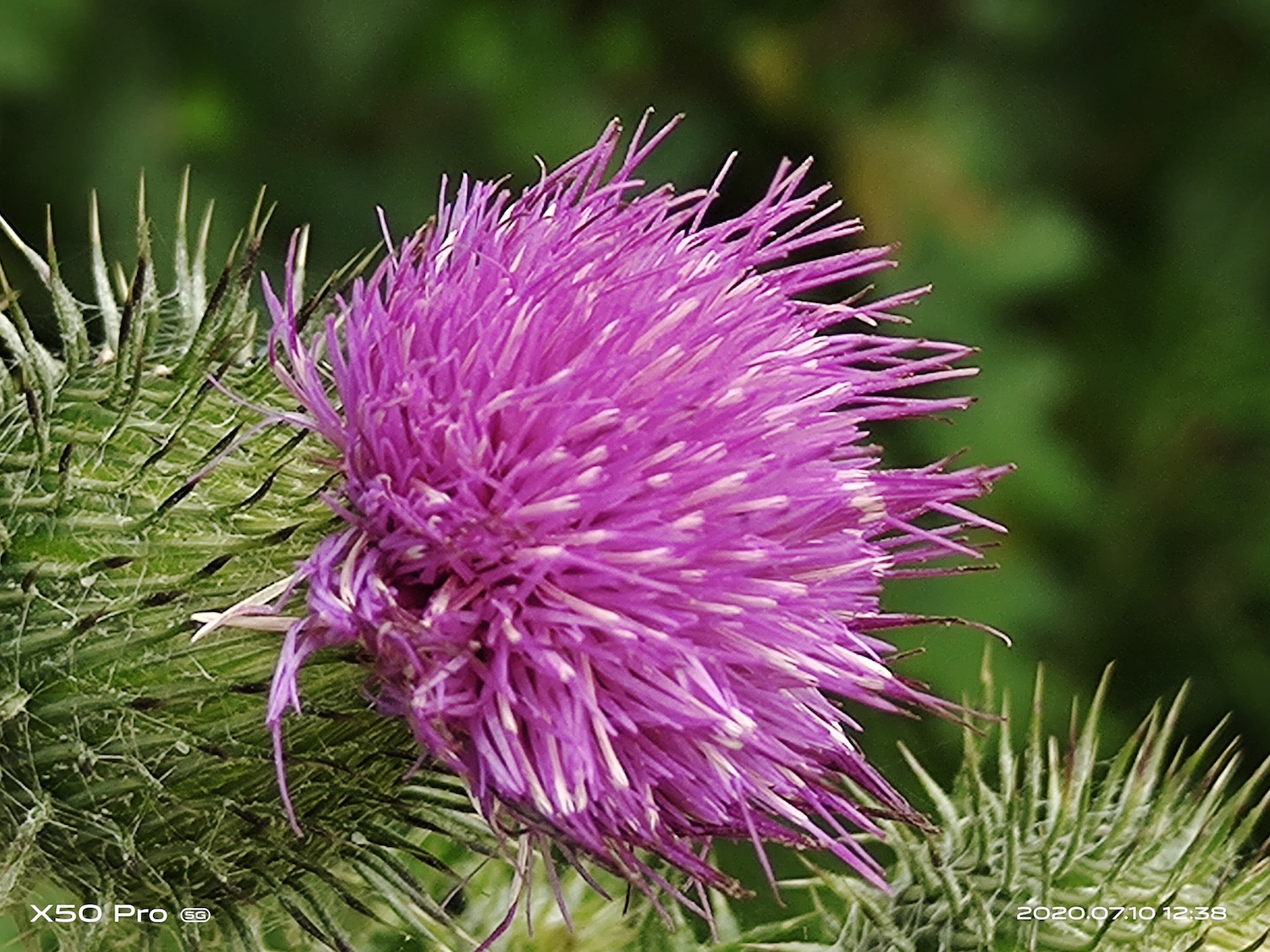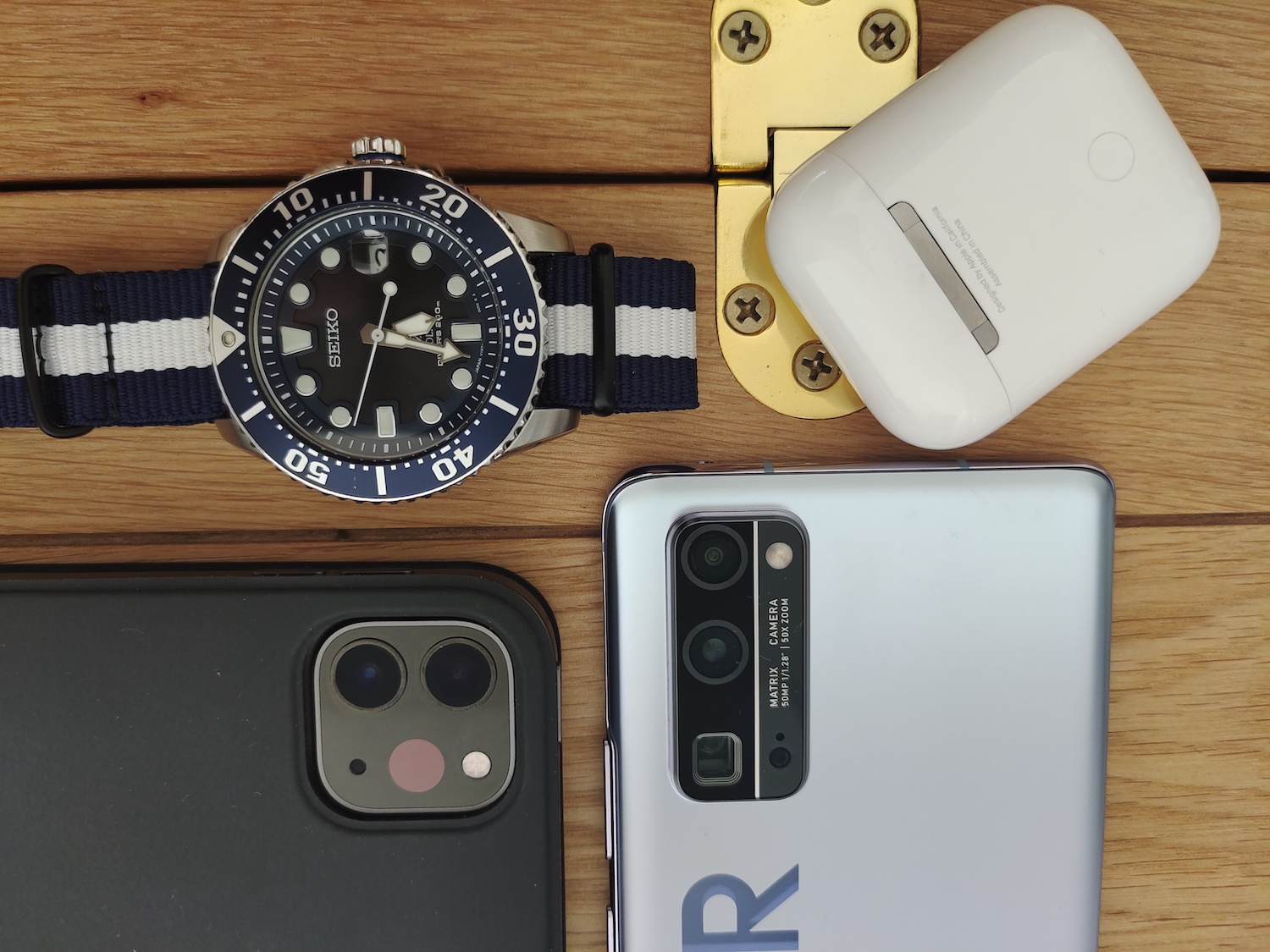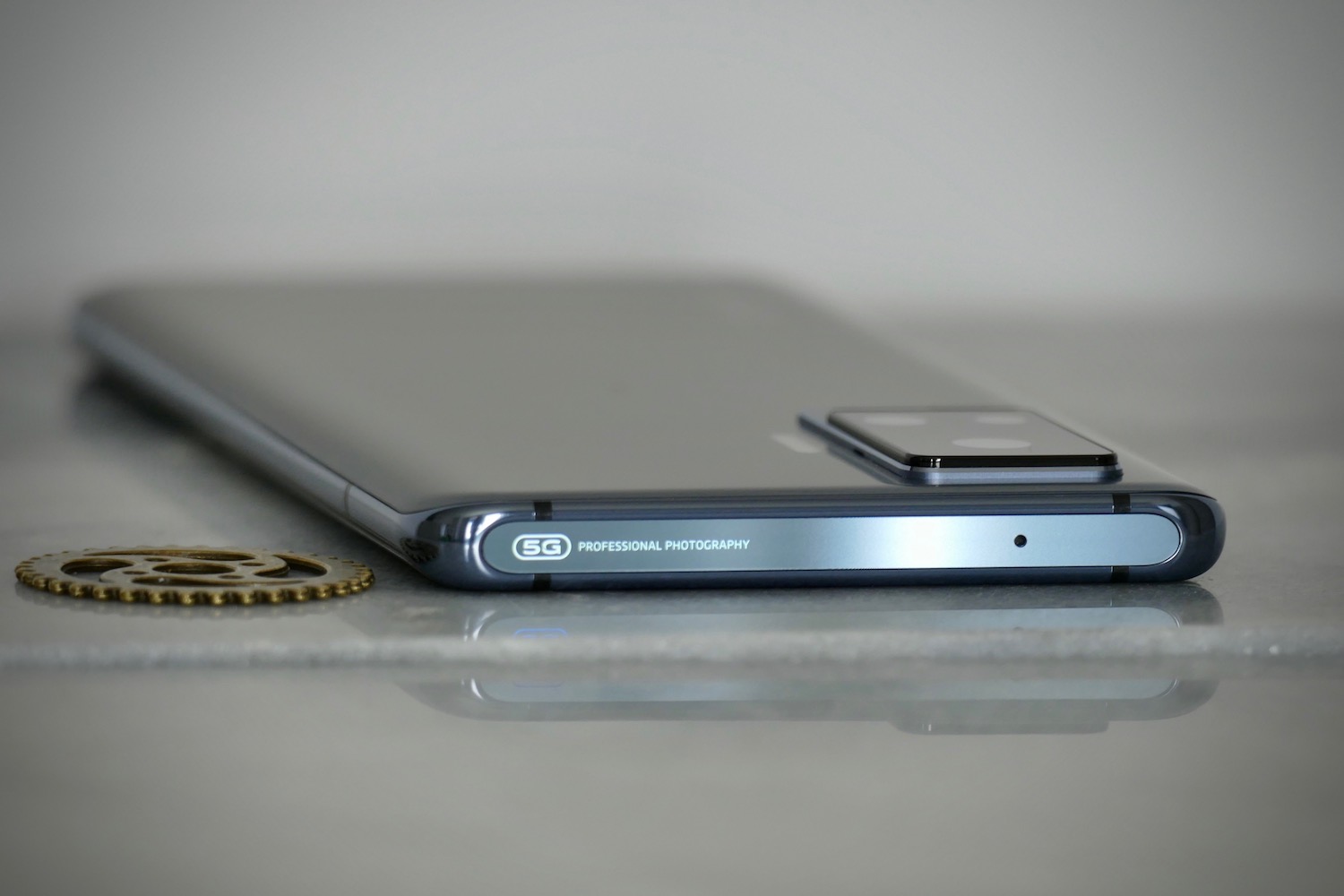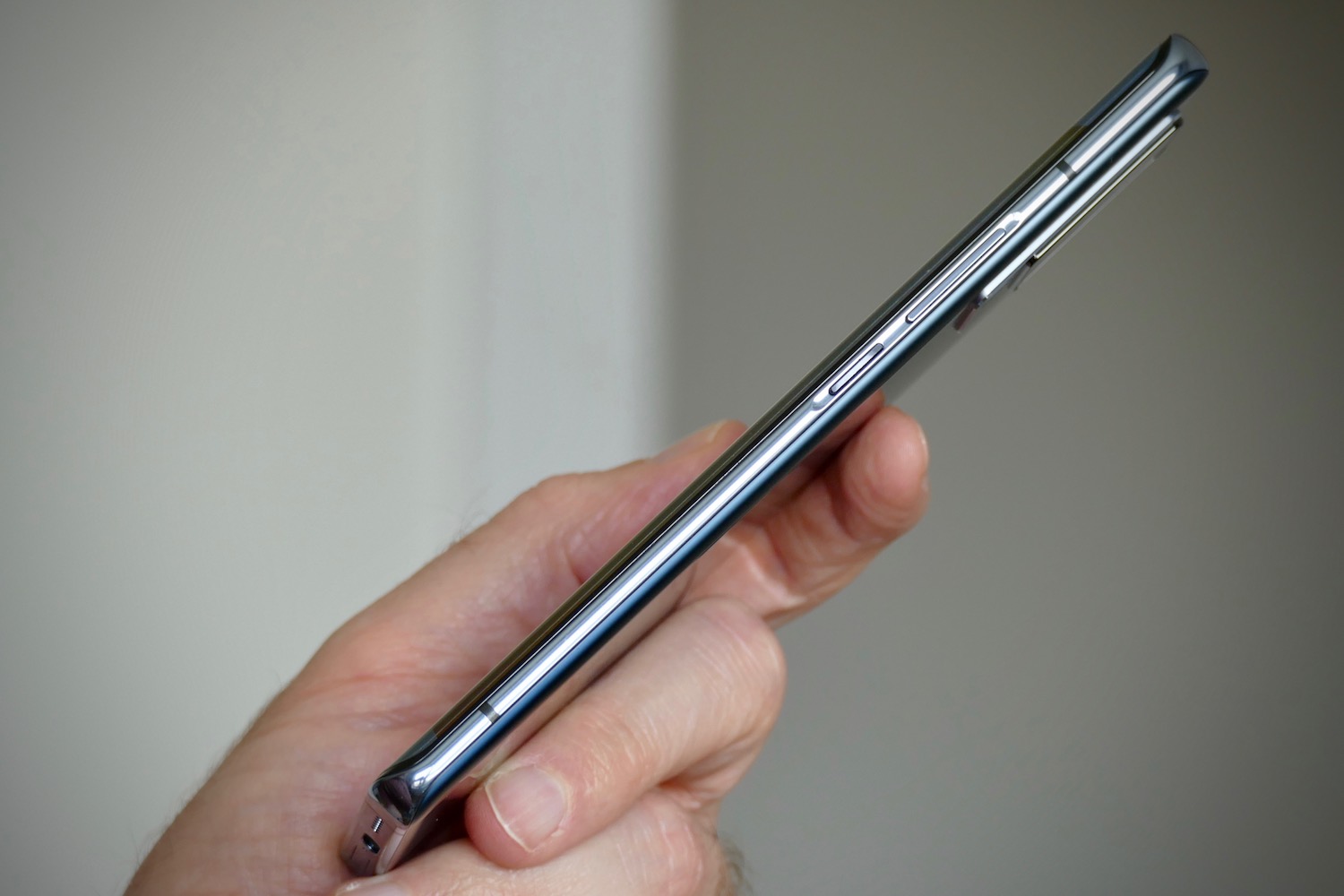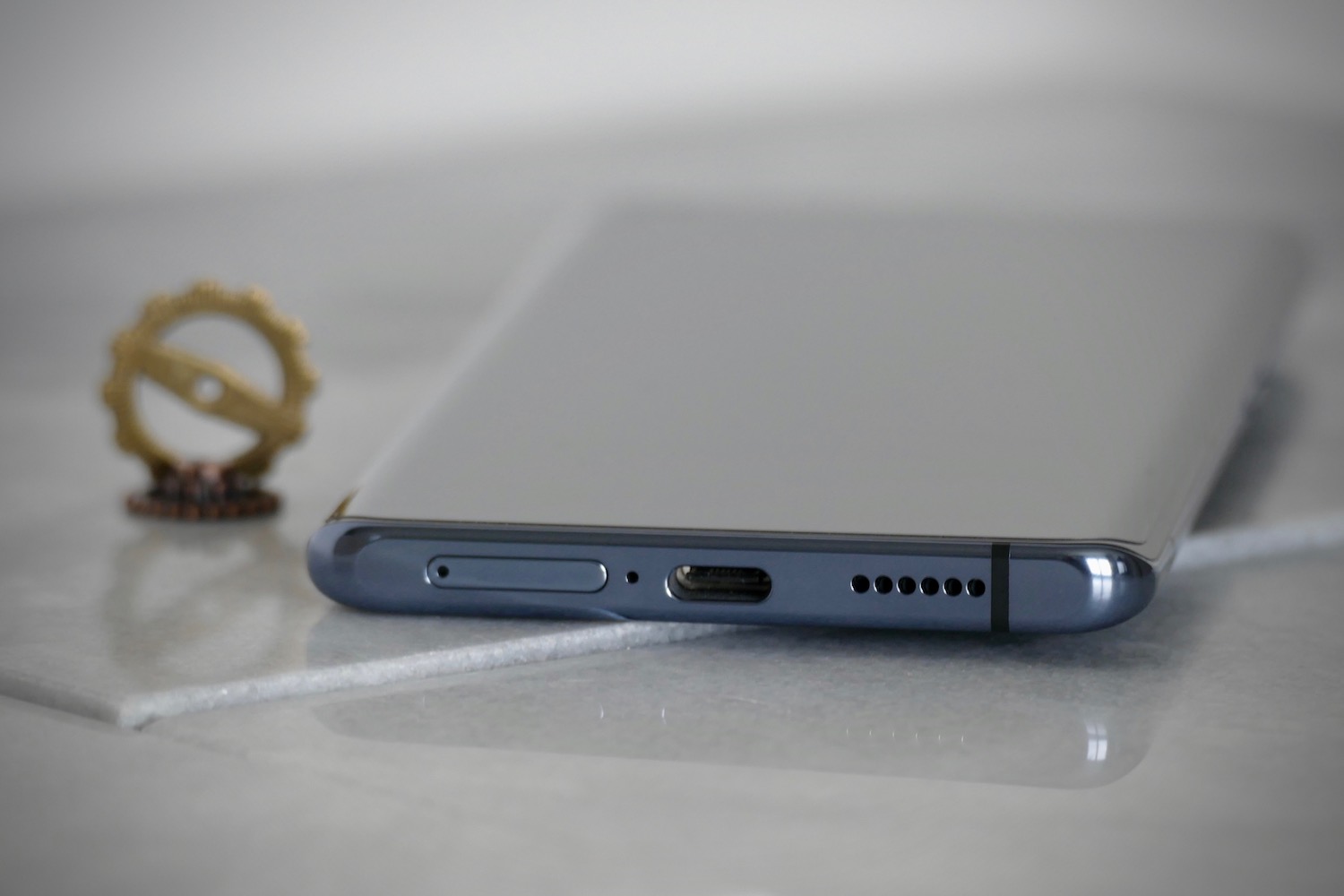Vivo is always worth paying attention to because of its willingness to showcase innovation, and the new X50 Pro is no exception. The in-display fingerprint sensor, the pop-up selfie camera, and the borderless waterfall screen are all cutting-edge pieces of phone tech that we’ve experienced on Vivo devices first.
So what has the X50 Pro brought us? The camera uses a gimbal for super-steady photos and video, something it showed off at the beginning of the year in its Apex 2020 concept phone.

Gimbals are usually found in high-end cameras, drones, and even on movie sets, but never before in a smartphone. It’s not just a gimmick either, as it makes a genuine difference for video quality. I’ve been using the Vivo X50 Pro for a short while to see if the rest of the phone is as desirable as the camera.
Camera
This is where the magic happens on the X50 Pro. The 48-megapixel f/1.6 main lens has a gimbal camera system, which is joined by an 8-megapixel wide-angle lens, a 13-megapixel bokeh lens, and an 8-megapixel telephoto that can shoot at 5x hybrid and 60x digital. In addition to the gimbal, the camera is steadied by electronic and optical image stabilization, plus there’s night mode, macro mode, and an astro photo mode.

You can see the gimbal working. In video mode, the viewfinder shows some “drift” as the gimbal catches up with itself after you stop moving the phone. I shot video of light aircraft coming in to land at a local airfield, using the full extent of the X50 Pro’s capability. Ranging from wide-angle to 15x zoom, it was remarkably easy to keep the tiny planes centered in the viewfinder. The resulting video is incredibly smooth.
https://twitter.com/AndyBoxall/status/1283743982804230146
I shot entirely handheld using two hands for the plane footage, and one hand for moving around, and then compared the results with another phone I had with me — the Honor 30 Pro Plus. It was almost impossible to keep the plane in the center of the viewfinder using the Honor phone, while the Vivo made the same task easy, resulting in a vastly better video.
It’s not perfect. While it takes great video when standing still or moving slowly, video does blur when you’re running or moving quickly, as if it fails to compensate for the gimbal. This is most noticeable in low light. Despite this, the gimbal is a groundbreaking new video tech for a phone. It not only works, but it requires no effort to use, and can genuinely improve some of your videos.
How about stills? Most photos look excellent, with bright, often dazzling colors that remain natural, often with a beautiful HDR effect for outstanding clarity.
It’s inconsistent, however, with the standard lens sometimes making a mess of a photo taken superbly with the wide-angle. There’s also focusing issues when using the zoom, the macro, and the bokeh mode. When the X50 Pro gets it right, the photos are very shareable, but it’s a shame it’ll get it wrong quite often.
Design
Vivo hasn’t done much innovating with the design of the X50 Pro, as from most angles it looks like several other phones released over the past months, including the Oppo Find X2 Pro and the OnePlus 8. The sides taper into a point, while the back is covered in frosted glass. There’s a single speaker on the bottom of the phone, along with a USB Type-C connector and the SIM card tray.

I like its compact size and low weight. The X50 Pro is just 181 grams and 8mm thick, yet still manages to house a 6.56-inch curved OLED screen with a 90Hz refresh rate, plus a 4,315mAh battery. At 158mm long and 72mm wide, it’s a tiny bit smaller than the Samsung Galaxy S20 Plus, and about the same as the Huawei P40 Pro, which is one of the most comfortable-to-hold phones you can buy.
While the overall design is nothing new, look closer, and there are some neat touches. I like the shiny insert on the top of the phone, which has 5G branding and “professional photography” subtly etched into it. The camera module is a rectangle, and is technically a module on a module, as the four camera lenses are set inside a second plinth above the periscope zoom’s module. The massive main sensor has the gimbal system and dominates the layout, managing to make even the periscope zoom lens look small.

The X50 Pro is pretty, easy to hold, and striking enough that you’ll feel proud to carry it, but it doesn’t set any new trends.
Software and performance
While the camera can take on the best, the internal hardware is competent but not flagship-spec, and the software experience is unable to take on OnePlus, Huawei, or Samsung.
The Vivo X50 Pro has a Snapdragon 765G processor and 8GB of RAM, plus 256GB of storage space and 5G support. In my short time using the phone, it was fast and performed well.

However, the software isn’t quite so polished and slick. You get Vivo’s Funtouch OS over Android 10, and while it has improved over the years, it’s still not up there with OnePlus’s OxygenOS or Samsung’s OneUI 2.0 in terms of reliability. I found notifications are very spotty, with some apps not pulling in new messages at all, and others simply not showing new notifications in the notification shade, or on the app icon.
There is a dark mode, but it’s not Google’s native mode, so many apps don’t look right with it activated. In WhatsApp, buttons disappear against the dark background. Edge recognition also frustrates sometimes, with the phone not always dismissing accidental touches.
The software is smooth and fast. I forced the phone to display at a 90Hz refresh rate for comfortable viewing, and this did not seem to greatly impact battery life.
I have used the Vivo X50 Pro mostly connected to Wi-Fi and for moderate tasks, including some video and gaming. The 4,315mAh battery has enough energy to last for two days. Included in the box is Vivo’s 33W FlashCharge wired charger, but the phone does not have wireless charging.
For security, it has a fingerprint sensor and face unlock. The in-display sensor is mostly reliable but did not react well to wet fingers, while the face unlock sometimes takes too long to take over from the fingerprint sensor, meaning the phone can take a beat too long to unlock.
Price and availability
You’re going to have to import the Vivo X50 Pro if you live in the U.S., although Vivo says the phone will spearhead a wider push into Europe in the near future. The phone will also be sold in India, and is already available in China. Vivo has not committed to launch dates and locations in Europe yet, and is equally noncommittal about the price. In China, the X50 Pro starts at about $615.
Conclusion
The Vivo X50 Pro’s gimbal camera shows a lot of promise. It’s not perfect right now, but it’s a true piece of innovation in smartphone cameras, and that’s very exciting when we’ve been faced with nothing but growing numbers of lenses on phones with only a few benefits for some time. Some refinement is needed to realize that potential, but there are noticeable benefits already. I’m excited to see how the technology matures.
The Vivo X50 Pro is an attractive smartphone with acceptable, but not excellent, specs. The $600-plus price in China reflects the investment made in the camera, rather than elsewhere. While it’s a good everyday smartphone provided you can live with the software, it’ll mostly appeal to photography fanatics wanting to try an exciting feature that’s unavailable on any other smartphone.

